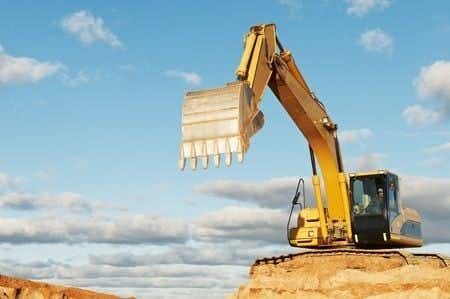This case involves a construction injury due to an excavator accident. The plaintiff was hired by a construction company to work on tearing down a row of buildings to prepare for new structures. Since the construction supervisor knew that he had rented and used wheeled mini excavators for personal projects in the past, the plaintiff was hired to operate the site’s excavator. The site was understaffed and behind the construction schedule, and the supervisor allowed the plaintiff to work on digging a foundation after half a day of training. During his first week on the job, the excavator toppled into a deep ditch while attempting to dump the load of earth to the side and was partially buried in debris. The operator sustained severe injuries from the fall and was trapped in the machine for hours before being rescued. After reaching the hospital, it was discovered that the plaintiff had a broken back, several broken ribs, and several fractures in his left arm.
Question(s) For Expert Witness
1. What are the standard safety and training procedures in place to prevent such accidents?
Expert Witness Response
According to the facts of the case, it seems as though the supervisor cut down the training time partially because he believed the worker had adequate prior experience. However, it should be pointed out that the excavators that are rented out are typically much larger than those that are rented out for personal use. If the operator did not get a chance to familiarize himself with the difference in size and weight of the machine, he may not have had a good grasp on controlling it. According to my experience with construction supervision, half a day of training is nowhere near enough training to operate a new piece of heavy machinery. To begin with, the supervisor should not have assigned him to operate the excavator immediately since the worker was hired without a recognized degree, certificate, or extensive experience related to operating the machinery. Many construction workers train as apprentices and enroll in three year programs, spending thousands of hours learning how to safely maintain and operate machinery. Even without such extensive education, specific on-the-job training should have been completed following OSHA’s construction training requirements complying with the Act. Also, the facts specify that the worker had experience using a wheel excavator, while construction sites generally use machines with rubber tracks. This is an extremely relevant point since, while tracks are superior in pull, optimization, and power delivery efficiency, machines with four wheel drive are far easier to steer. Also, there are some inherent differences in the steering styles: when a tire excavator is steered, the tires turn and point in the desired direction, but when a rubber belt excavator is steered, the track on the outside of the turn speeds up and the track on the inside of the turn slows down. Due to the nature of the machinery, while carrying a heavy scoop of rocks and dirt, a rubber belt excavator may not turn, while rubber tire machines would turn while moving sideways. With rubber belt tracks, the draft load must be reduced before significant steering can occur. Also, as tracked machines turn, the tracks slip sideways, disturbing the soil and producing ridges and depressions. Steering a rubber track system requires more power than steering a rubber tire to overcome the sideways slipping and to speed up the outside track. This compensation may cause stalling or overload problems when the machine is being operated with a heavy load. In my experience, this difference in behavior is the root of many accidents where the operator is not sufficiently trained to use a new track excavator. Having only dealt with wheeled excavators, the operator may not have been able to react to a dangerous situation if the heavy load prevented the machine from turning, or if the power behind the machine was unexpectedly strong.
About the author
Stephen Gomez, J.D.
Stephen Gomez, J.D., is the General Counsel and Corporate Secretary at Lumos Labs, where he oversees legal and compliance matters in areas like privacy, intellectual property, and litigation. He has extensive legal experience in the e-commerce, media, and entertainment industries, previously holding key roles at Thirstie, Equinox Media, and SeatGeek. Gomez also contributed to legal functions at HelloFresh and Chubb and has a background in legal content and research management. He earned his J.D. from Boston University School of Law and a B.A. in Politics from New York University. His expertise lies in providing strategic legal advice to fast-growing companies.



